Many artists are unsure how to bridge the gap between the many basic ‘how to draw’ books and the more advanced ones dealing with the esoteric details of composition, perspective and anatomy. Force: Animal Drawing is the comprehensive guide to developing artistic animals that are creative, dynamic and anatomical, bridging the gap between foundational art and advanced techniques. Artists and animators alike all find animal inspiration when animating characters- be they human or inhuman. For a unique ‘larger than life’ character, readers will learn to apply the unique facets of animal movement, locomotion, expressions, facial features, physical build and personality to their traditional and digital art. Readers will also adapt key industry tricks and techniques to personify animal animations with key characteristics of a human’s face. Explore the practical application of force theories and learn from today’s leading character designers with the included artist interviews and an extended video tutorial via www.drawingforce.com.
Read more
132 reviews for Force: Animal Drawing: Animal locomotion and design concepts for animators (Force Drawing Series)
Add a review
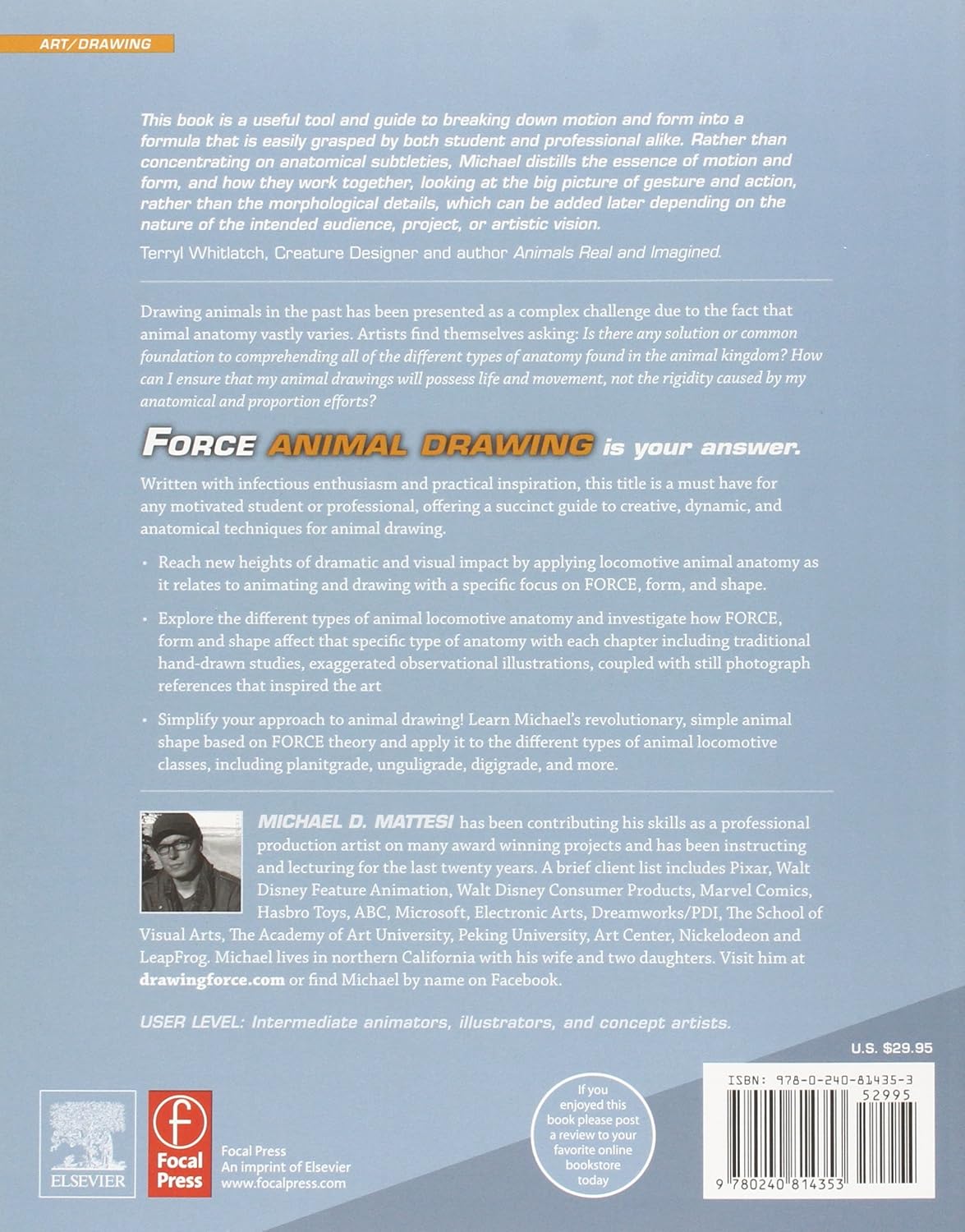
$34.59

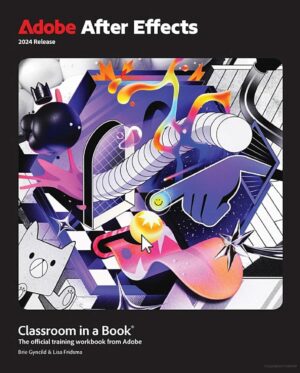

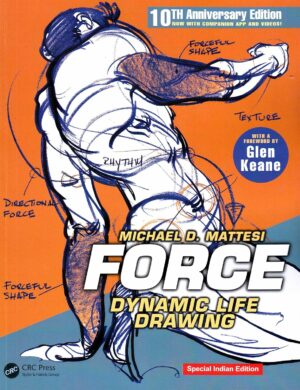
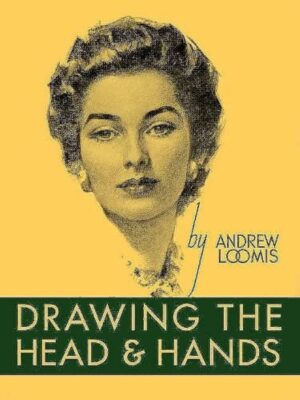

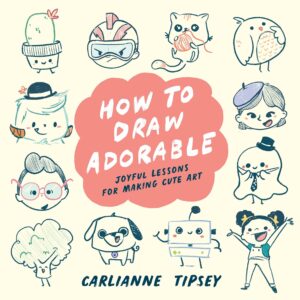

Giorgia –
Benché sia in lingua inglese il libro risulta chiaro e interessante. Ottimo per imparare a disegnare, per capire ed esercitarsi sulle anatomie animali.
Amazon Customer –
Great instruction in action and movement instead of the stilted posed animals. Easy to follow and good illustration of the point.
H.Bryant –
The Force Series of books are brilliant pieces of work. They show you a different way to view the figure, a totally different perspective, when trying to draw it. I picked up the humans version first. This one was even more brilliant. Human bodies don’t quite react in the same ways animal bodies to to gravity and the opposing forces that create movement in a form. Animals have more curves and bends due to their shape and function. Seeing this made sketching animals so much less confusing, and more simple.
Highly Recommended!
Treefox –
I like how the author compares the human body with animals. It helps make sense of how the legs work. And he covers different types of animals. Their legs and paws work differently depending on the type of animal. And making a comparison to human anatomy helps to clear up confusion about how things are supposed to bend.
likas –
Great book for professional and beginner animators and illustrator. The book arrived on time and well packed.
Robert Rodas –
I used this product to further enhance my knowledge of the mechanical concepts and how to keep my quadruped drawings feeling alive.
S. Lim –
This type of book is to help assist you into your drawing skills or career. This isn’t a step by step, follow the artist. It’s more of here’s what to look for, use your imagination, use reference, practice, practice, and practice.
Highly Recommend –
If you’re like me and you struggled to understand the fundamentals of drawing poses, this book is an excellent tool.
The entire book series breaks down for the reader how curves, shapes, and muscles all flow to direct your eye through an image pose. Thorough anatomy is covered as well as shot composition giving you excellent reference for future work as well.
Read this book and draw every page and you will be a better artist at the end than you were at the start.
Top Recommendation.
whiteTree –
I love it!!1
Amazon Customer –
The original Force and its sequel on character design stand out on my shelf as a pale blue stripe of fantastic drawing instruction. I was excited to see that stripe would be getting a bit wider as Mike Mattesi uses his dynamic approach to drawing to tackle the broad and difficult subject of drawing animals.
The author’s approach is to translate his method for drawing humans into drawing animals rather than starting fresh. Mattesi’s basic principles of hierarchy and forceful drawing are outlined in the opening pages, but I’d recommend you read the original Force before taking on this one.
The variety of animals depicted is quite good, especially for a book focusing more on basic forms rather than specific details. The book is divided into the three major structural groups; starting with plantigrade animals, which are built most like humans, following to digitigrades and ungulates.
The book is very mammal-centric, however there is a fair sized section on birds and a sole drawing of a lizard gets thrown in for good measure. The drawings range from realistic to exaggerated in design, while all in the dynamic style of the series. The book ends with a gallery of the author’s more artistic examples and even has color plate versions in the back.
Mattesi’s books are a must-have for anyone who wields a pencil. I’d love to have a shelf full of these blue books handling the various aspects of forceful figure drawing. This third book in the series is a big step in that direction.
Florent Cote –
Tel que “Force : Techniques de dessin dynamique pour l’animation” pour les humain, mais l’attention est maintenant portée sur les animaux et les différentes façon d’exprimer le mouvement et la puissance dans leurs mouvements.
BeeZeeArt –
This is a great book and gives really good tips on stylizing animals.
It was especially good pared with other Force drawing books that explain the method more in depth.
My only complaint is I wish it were longer.
Jung At Heart –
The best part of this book is the information that’s offered on animal leg structure and paws or hooves. It’s worth having for that info alone in my opinion. Also covers a wide variety of animals. Happy I bought it – it’s a nice addition to any artist’s library.